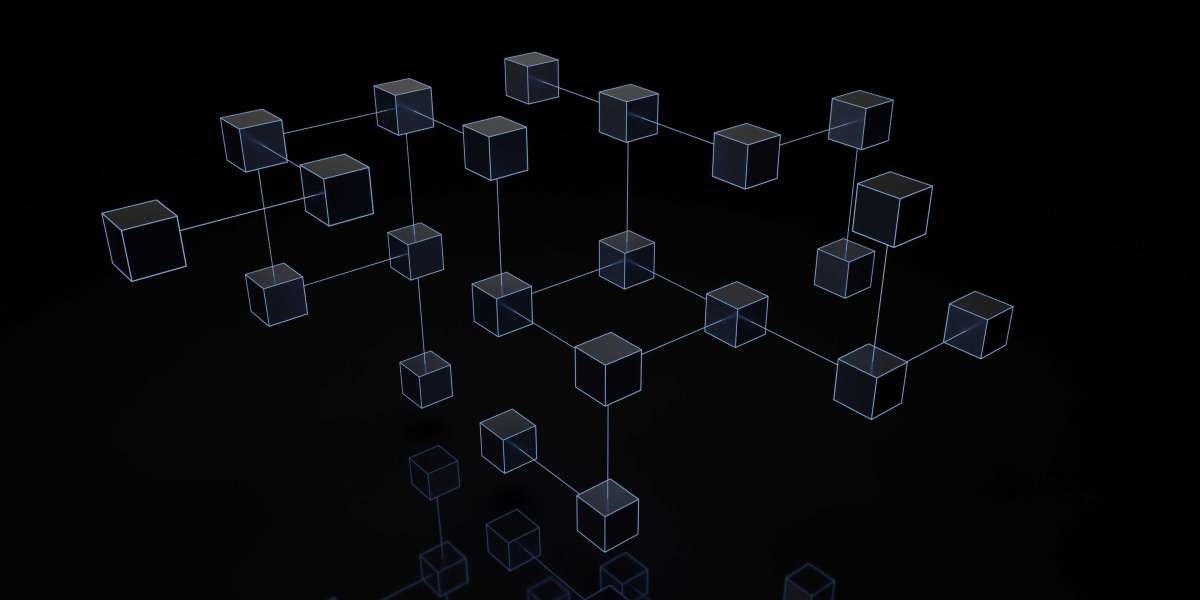Have you ever wondered what powers your favorite cryptocurrency, like, say Proton (XPR)? While Blockchain has remained a buzzword in the business world and is lauded for its endless number of uses, very few actually know what Blockchain or Distributed Ledger Technologies really is.
However, in this guide, we will attempt to explain as simply as possible what Blockchain really is and its relation to Cryptocurrency.
So, what is Blockchain?
It is the technology that has helped bring our favorite coins and NFTs to life, simple research will lead you to definitions like a distributed ledger or innovative database technology. Which are accurate but not the easiest to understand for beginners, so, here is our definition:
“Blockchain is a virtual record-keeping system.”
This is, indeed, an oversimplification but it is the essence of Blockchain. Now, the question is, why is a record-keeping system being hailed as one of the key elements of the fourth industrial revolution? Why are businesses investing in it more and more every year? Why does it require detailed explanations?
Well, that’s because Blockchain’s features have defied the very conventions of our traditional record-keeping systems: databases.
A database is a collection of organized and structured information that is stored digitally. While Blockchain is a type of database, the similarity ends there. Distributed Ledger Technologies has some key distinguishing features from it.
Centralization vs Decentralization
Traditional Databases usually have a single copy of the data, which can only be accessed by one all-powerful administrator; we call this a centralized system. However, a blockchain is different because all users have a copy of the data and any mistakes or discrepancies are automatically corrected. Moreover, before any of this data can even be recorded, every single user in the Blockchain has to validate it.
Mutable vs Immutable
It is very easy to change information in a traditional database, which can sometimes lead to alteration of the data. However, Blockchain has a unique structure. Usually, databases store information in rows and columns but Blockchain stores information in “Blocks”. Once information is entered in one of them, it cannot be changed once its authenticity has been verified by all users.
Might be Encrypted vs SHA 256
Encryption is the process of converting information into a code to protect it from unauthorized users. However, not all databases use encryption to protect their data, or if they do, it is usually limited to the server-side. Blockchain on the other hand uses the SHA-256 Hash Function (a math function), which essentially transforms data into a meaningless line of code that is very difficult to intercept and corrupt.
How Blockchain’s features help consumers and businesses
However, it is not just because of its unique differences that Blockchain became a worldwide phenomenon. It was the implications its unique features had for individuals and businesses worldwide that led to its rise in popularity.
Decentralization: Not only does every user has access to the information in a Blockchain but they also have a copy of it. This means that if any user attempts to tamper with the data, it is very easy to identify whoever is trying to tamper with the data. This means, that systems powered by Blockchain are more secure.
Consensus: Traditional systems require the expensive services of a third party to validate the information in a database. Distributed Ledger Technologies helps eliminate this problem because it allows all users within a Blockchain to validate transactions. Thus, it decreases costs, allows for a self-regulating system, and, increases consumer trust.
Smart Contracts: Blockchain is a peer-to-peer network. This means that two parties can exchange information with each other directly without a third party. In addition to this, both parties can write an agreement into lines of code which is automatically executed once the conditions are met, eliminating manipulation by third parties.
What is the relation between Crypto and Blockchain?
Cryptocurrency is one of the many applications of Distributed Ledger Technologies yet, it is the most well-known. Crypto is essentially a form of currency that only exists in the digital space. Unlike traditional currency which is usually backed by gold, precious metals, and the belief that the government that issued the currency is trustworthy; crypto is not backed by an asset.
The role of Blockchain in cryptocurrency is very straightforward: it helps create a system in which there is no need for a central authority that validates transactions, allowing transactions to take place and, making the records easier to access and transparent.
What can we expect in the future?
With the widespread adoption of Blockchain by businesses as well as the discovery and implementation of Distributed Ledger Technologies in innovative ways, there is already an influx of businesses and individuals making investments in what is a faster, secure, and more transparent form of currency. The question is, will you join the community and become part of the crypto revolution?







Crypto Wikipedia 2 yrs
Worth reading